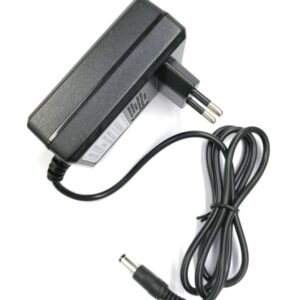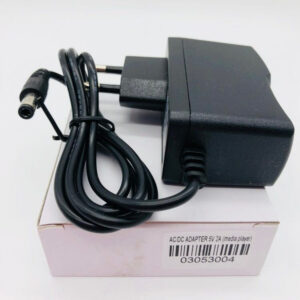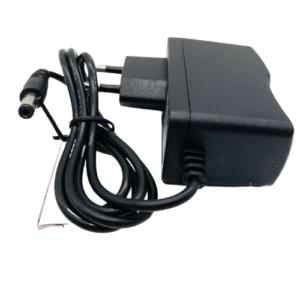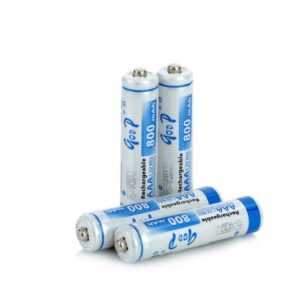A battery works by converting chemical energy into electrical energy. A chemical reaction inside the battery, or cell, causes one end to become negatively charged and the other positively charged. This difference in charge, known as potential difference, causes electrons to flow around the circuit that the battery is connected to.
A battery consists of two different conducting metals and an electrolyte – a liquid or dry powder that can conduct electricity. When the two electrodes of the battery are connected in a circuit, a chemical reaction takes place. Positive ions are attracted to the negative electrode (cathode) and negative ions are attracted to the positive electrode (anode). The negative electrons in the wires of the circuit are pushed around the circuit by this difference in charge, transferring energy to the other components in the circuit.
The voltage of a battery refers to the difference in charge (potential difference) between the two ends of the battery. The higher the voltage, the more current is pushed around the circuit which means more energy is transferred.








